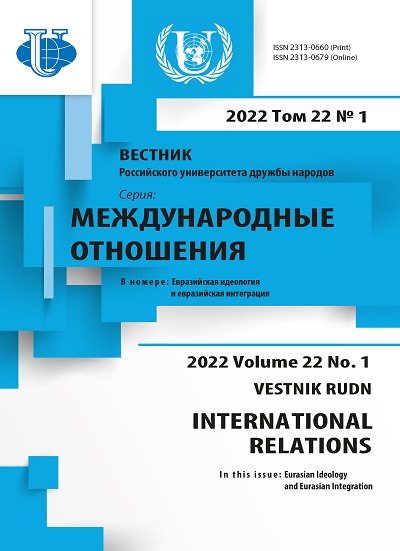详细
The article is devoted to an analysis of India’s attempts to form an economic basis for its flagship foreign policy initiative - the concept of the Indo-Pacific. The author, using a multidimensional approach based on critical theory, historical sociology of international relations, the strategic culture approach and spatial approach, examines the evolution of the economic system of the Indo-Pacific in a historical perspective. India has historically played a key role in the system. So the Indian political elites believe that it has to be the regional hegemon. The rapid growth of the Indian economy at the beginning of the 21st century allowed New Delhi to start implementing its ambitions. The growth of neighboring China and its expansion into traditional Indian spheres of influence forced India to intensify the Indo-Pacific policy. Possible options for building the economic basis of the Indo-Pacific have been consistently explored in the article. The author highlights the economic mega blocs (TPP and RCEP), which India refused to join due to concerns about its economy; sub-regional trade and economic blocs and initiatives (SAARC, BIMSTEK, SAGAR, AAGC), local and relatively weak for providing the economic basis of the mega-region on their basis; finally, the latest infrastructure projects (Blue Dots Network, Build Back Better World), in which India is still hesitant to participate, not being sure of their effectiveness and fearing excessive involvement in anti-Chinese projects. The author concludes that India can either join Western infrastructure initiatives, or try to build an economic basis for the Indo-Pacific on a set of sub-regional initiatives. In the latter case, Russia could play an important role by implementing bilateral projects with India and participating in multilateral ones.








